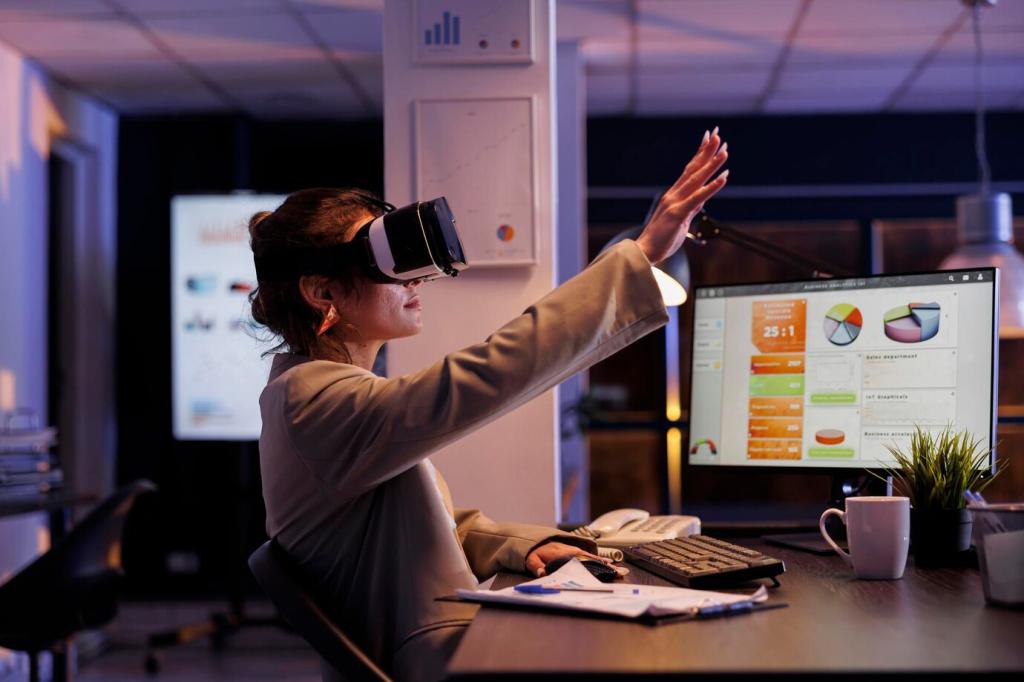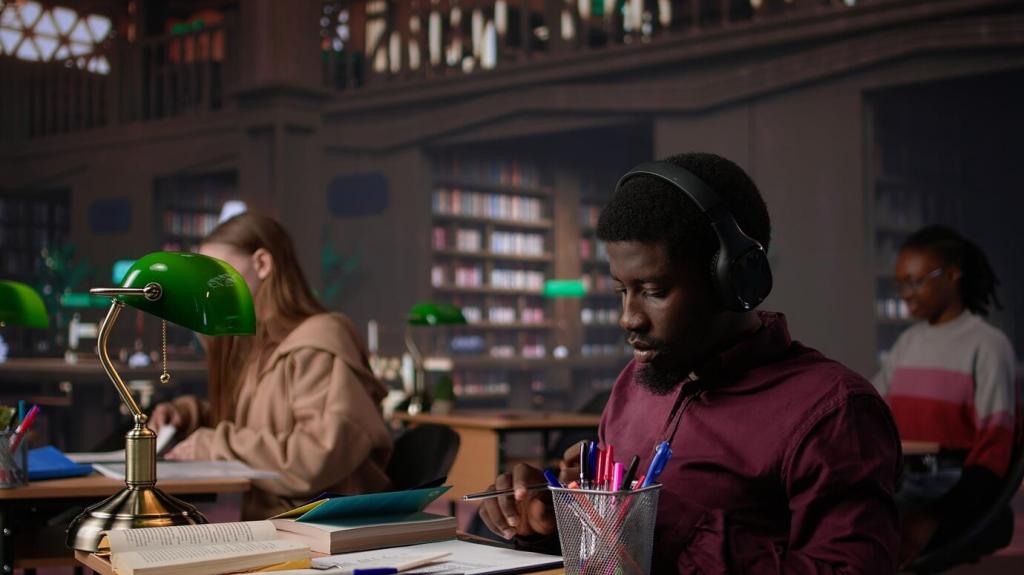The Role of VR in Developing Soft Skills for Students
Virtual Reality (VR) is transforming the educational landscape, particularly in the sphere of soft skills development for students. Unlike traditional classroom learning, VR offers immersive, interactive experiences that foster the growth of essential skills such as communication, collaboration, critical thinking, and empathy. By simulating real-world scenarios, VR equips students with practical abilities they can apply beyond the classroom, preparing them for future academic and professional environments. The following sections explore how VR facilitates the development of these soft skills and the profound impact it has on educational outcomes in English.

Enhancing Communication Skills Through Immersive Scenarios
Virtual reality platforms can simulate an audience, allowing students to deliver presentations or speeches in front of a virtual crowd. Through real-time analysis, VR provides immediate feedback on voice modulation, body language, and clarity of speech. This dynamic interaction helps students overcome the fear of public speaking, improve their delivery techniques, and become more self-assured communicators. Over time, repeated practice in these controlled environments translates into noticeable improvement when facing real audiences, enhancing both confidence and competence.

Fostering Collaboration and Teamwork in Virtual Environments
Interactive Group Projects
In VR, students can participate in complex group projects that require planning, delegation, and cooperative effort. For instance, a virtual scenario may challenge teams to design a product, solve a crisis, or plan an event. These activities demand clear communication, coordination, and mutual support. By working through challenges together, students develop an appreciation for diverse viewpoints and learn how to manage group dynamics effectively, which strengthens their ability to succeed in collaborative tasks outside of the virtual world.
Problem-Solving in Simulated Situations
Collaboration in VR often involves tackling simulated problems that mirror real-world challenges. Students must brainstorm, negotiate, and make collective decisions within the virtual space, practicing consensus-building and conflict resolution. These scenarios cultivate critical thinking and adaptability, as learners balance group objectives with individual input. By repeatedly engaging in collaborative problem-solving, students gain practical experience addressing complex issues—a skill set that translates directly to academic projects and future workplace situations.
Leadership Development Among Peers
VR environments provide opportunities for students to assume leadership roles within teams. Whether organizing tasks, facilitating discussions, or mediating disputes, students can experiment with different leadership styles in a risk-free setting. This hands-on approach to leadership not only boosts confidence but also helps students understand the responsibilities and challenges of guiding a group. Through reflection and feedback, learners identify their strengths and areas for growth, preparing them for leadership positions in real-world academic and professional environments.

Building Critical Thinking and Decision-Making Skills
Virtual reality allows students to experience situations with multiple variables, outcomes, and uncertain consequences. For example, a VR simulation might present a business negotiation where choices lead to different results, or a crisis that requires immediate, thoughtful responses. Through these interactions, students learn to evaluate information critically, recognize biases, and anticipate the implications of their decisions. This experiential learning approach fosters resilience and the courage to tackle unfamiliar or high-stakes challenges.
